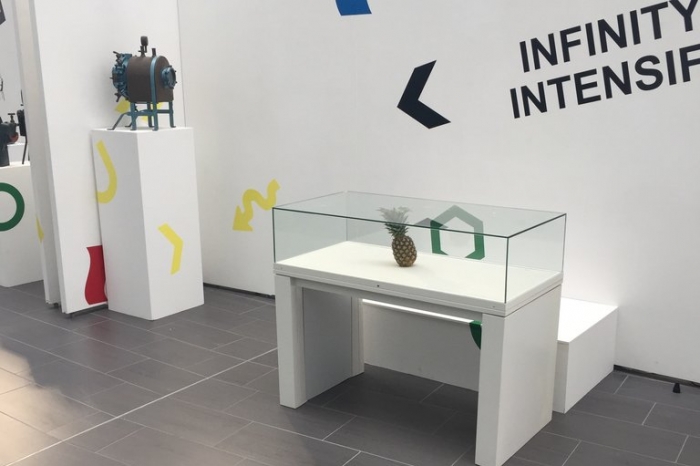When they returned a few days later to the exhibition — part of the Look Again festival, which aims to highlight Aberdeen’s cultural heritage — they were shocked to discover their pineapple protected by a glass display case, instantly and mysteriously transformed into a work of art.
After one of the students, Lloyd Jack, 22, who studies business, put a photograph of the pineapple on Twitter, along with the words, “I made art,” the image was shared widely on social media, turning the fruit, fairly or not, into a cultural sensation. To some, though, the stunt was a self-promoting social media prank befitting the digital age.
Mr. Jack’s post received nearly 5,000 likes on Twitter. Before long, the work, which the two students titled “Pineapple,” had been deconstructed on art blogs and social media worldwide; parsed in Paris, Texas and Tokyo; and even featured on Canadian television. Some on Twitter lauded its “genius,” while others ridiculed it as the latest example of conceptual art’s plodding banality.
Mr. Jack said he and the other student, Ruairi Gray, also 22, had been stunned by the attention afforded the pineapple, which he said the two had put on the table in a moment of lighthearted whimsy, slanted slightly to the left to give it a bit more gravitas and flair. He said the “work” was on display for nearly a week before it was removed.
“We weren’t sure how the glass case got there, and initially assumed it was bungling curators,” he said. “We couldn’t believe our eyes, and didn’t expect our lowly little supermarket pineapple to become a global star.”
Nevertheless, he said, the pineapple, alone in its display case and destined to rot, was a poignant symbol of Britain in the era of “Brexit,” the nation’s decision to leave the European Union. (Unlike England, Scotland voted overwhelmingly to remain.) “The pineapple symbolizes the U.K. leaving the E.U., standing alone, attempting to survive, cut off from the outside world,” he said.
Others saw hidden meaning in the pineapple, including an art professor at the university who, Mr. Gray said, enthusiastically lauded the “purposeful way” in which the display case had pressed down on the fruit’s leaves.
“It just goes to show the ludicrousness of conceptual art and how anything can become art,” Mr. Jack said.
Others were not altogether amused, including the organizers of the Look Again festival, who found their exhibition suddenly hijacked by a fruit. After investigating the renegade pineapple, they discovered that the glass case had been placed at the exhibition by a janitor — though it was unclear whether the act had been motivated by humor, artistic sensibility or both.
“This pineapple was nothing more than a prank,” said Hilary Nicoll, an associate director of the festival, with amusement tinged with slight irritation.
More about: #pineapple #art
















































